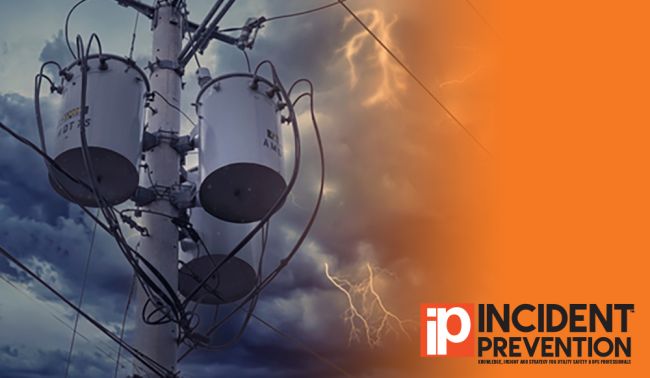
5 Core Components of a Well-Developed Storm Response Plan
Electric utilities are part of the backbone of modern society, providing essential power to homes, businesses, emergency services providers and more. But this critical service is vulnerable to extreme weather events that can cause massive disruptions, damage infrastructure and jeopardize public safety. Due to the frequency and severity of such events, it is more important than ever for electric power organizations to have a comprehensive storm response plan in place.
I’ve consistently been involved in storm response planning throughout my career, both as a lineman and a safety specialist. I’ve helped to restore power, oversee field operations and support logistics teams. In short, I’ve seen firsthand the necessity of a well-developed, effectively executed storm response plan to manage service disruptions, protect employees and the public, and maintain trust with stakeholders and regulatory agencies.
Based on my 26 years of field experience, a comprehensive storm response plan will address the following five areas of concern.
1. Downtime and Service Continuity
Safely minimizing the duration and impact of power outages is the primary objective of a good storm response plan. The plan should outline preparation, response and recovery protocols that will enable utility crews to respond efficiently. For example, response times may be considerably reduced by pre-staging crews and equipment near the area expected to be impacted by a storm.
Without a storm plan in place, utilities are forced to react instead of responding, which can cause delays and the inefficient use of resources. Every hour of downtime can potentially threaten lives and cost local economies millions of dollars, especially when outages affect vital services and/or vulnerable populations. A storm response plan helps to ensure that restoration work proceeds in a logical, prioritized, well-coordinated manner.
2. Employee and Public Safety
Restoring power in storm conditions is complex and poses hazards to those charged with the task; workers can potentially be exposed to live wires, unstable structures, hazardous debris and generator back-feed. They must be adequately trained for their assigned roles and adhere to rigorous safety protocols for their protection. These protocols safeguard lives while also helping employers avoid costly liabilities and reputational damage.
3. Regulatory Compliance and Risk Management
Some regulators require utility organizations to develop and maintain storm response plans, and they may audit a utility’s performance after a major weather event. Proof of a documented storm plan that has been successfully tested demonstrates compliance and reduces the risks of penalties and increased regulatory oversight.
A storm response plan is also an integral part of an electric utility’s broader risk management strategy. In part, that’s because insurance providers and investors often look for evidence of disaster preparedness. A utility with strong contingency plans in place increases its likelihood of securing favorable insurance rates and maintaining investor confidence, even after a major weather-related disruption.
4. Mutual Aid and Resource Acquisition
During severe, widespread weather events, no single utility has enough personnel or equipment to handle all the damage wrought. Entering into mutual-aid agreements with other utilities, contractors and industry vendors will help to ensure timely assistance is available when needed.
A comprehensive storm response plan will detail how to request line and vegetation management resources and damage assessment personnel to more efficiently manage outages and create a scalable model. Thus, it is important for utilities to consider the off-system vendor contracts or agreements that must be made.
Planning ahead allows for the optimized use of internal assets and off-system resources. Among other things, it enables utilities to do their best to ensure that fuel, vehicles and repair materials are stocked and accessible to workers. Logistical components like these can make the difference between typical recovery times and prolonged outages.
5. Post-Storm Assessments
A robust storm response plan will include a post-event review process. Once power has been restored to a utility’s customers, the organization should conduct a comprehensive assessment of its response, including a timeline review, to identify what went well and document areas for improvement. Regularly review and update storm response plans to incorporate lessons learned from these assessments.
On a related note, utility organizations should conduct storm response drills throughout the year. These drills – in combination with post-storm assessments – create a process of continuous improvement that can help utilities adapt to evolving threats, become more resilient, and reinforce an organizational culture of safety, preparedness and accountability.
Conclusion
It’s a must for today’s electric utilities to develop, implement, and regularly review and update a well-structured storm response plan. The protocols and policies detailed in such a plan provide indispensable guidance to help responding personnel safely act with speed, precision and confidence. Should you have questions about developing a plan for your organization, feel free to contact me directly at kcoffey@atkenergygroup.com. I’m happy to help you find the resources you need.
About the Author: Kirk Coffey, CUSP, is the director of business development for ATK Energy Group. Over the past 26 years, he has gained a reputation for his commitment to improving organizational safety and efficiency in the electric utility industry.

